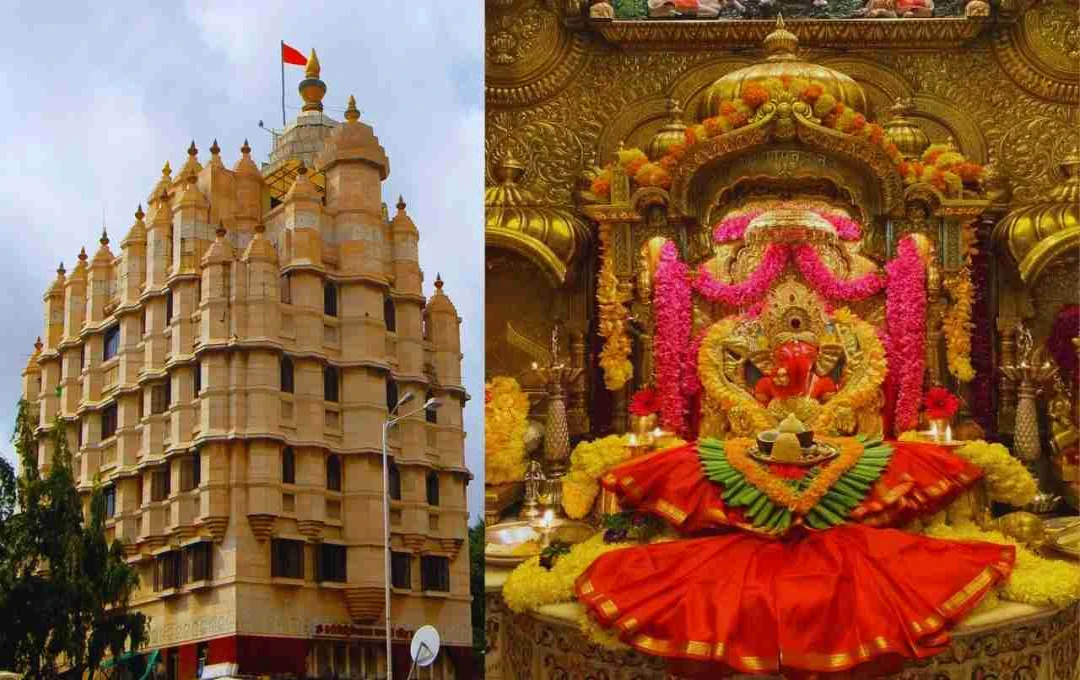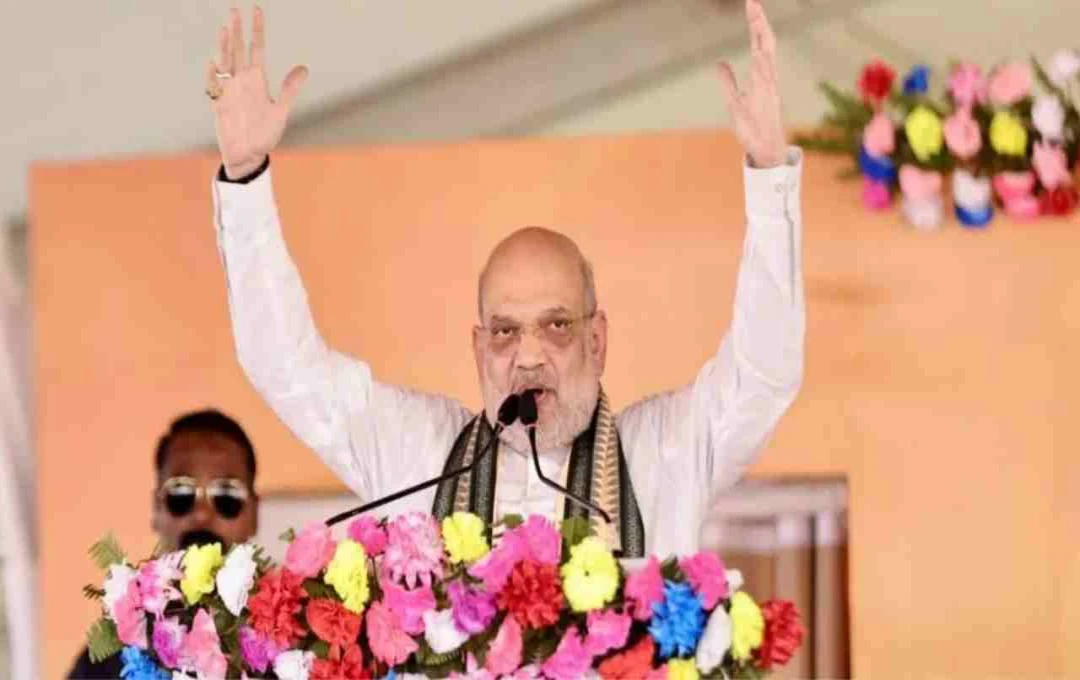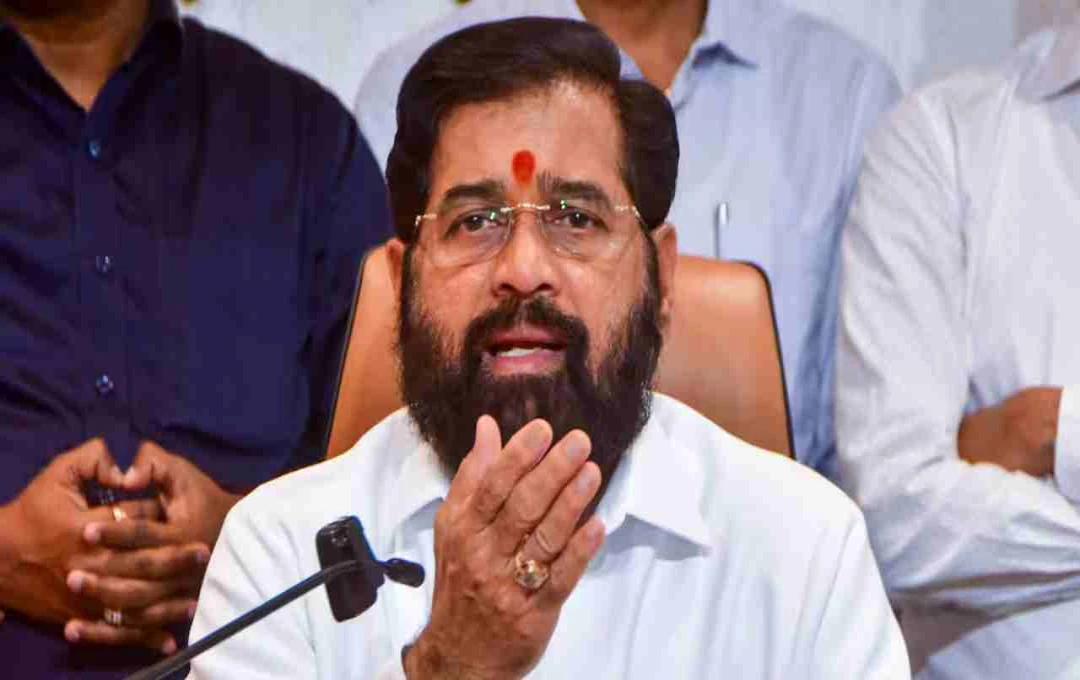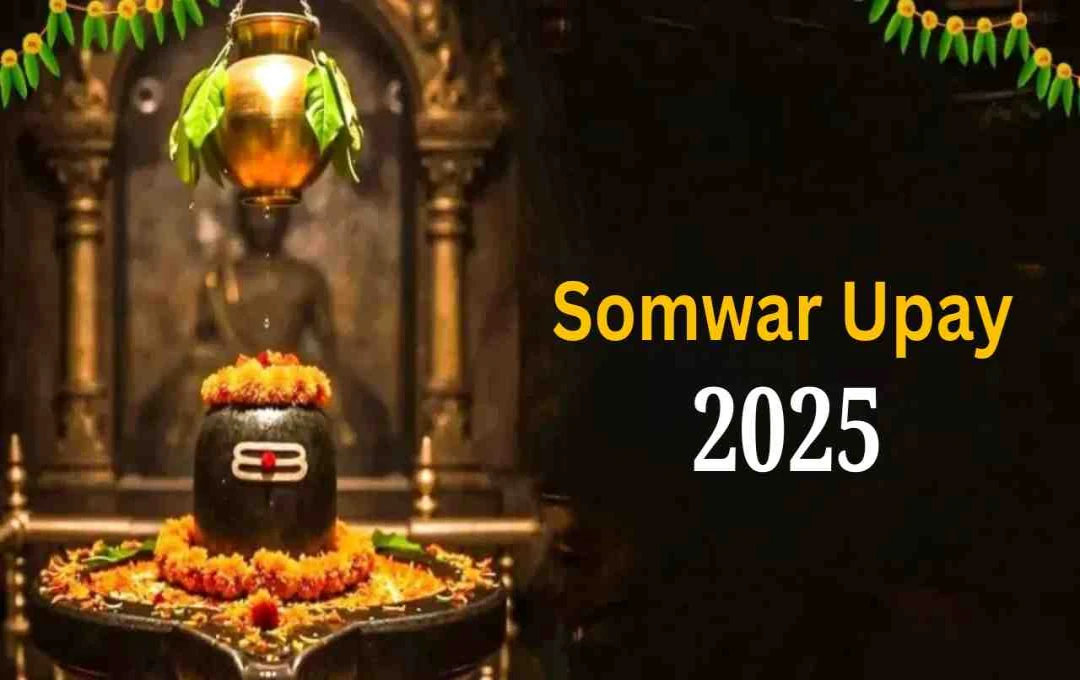In India, Ganesha worship holds a special significance. Every year, millions of devotees flock to his temples, hoping for his grace and blessings. One such famous temple is the Shree Siddhivinayak Ganapati Temple in Mumbai, which is considered a symbol of faith in Lord Ganesha, not only in Maharashtra but throughout India. In this article, we will discuss in detail the history, architecture, religious significance, rituals, and social contributions of the Siddhivinayak Temple.
Meaning and Characteristics of Siddhivinayak
The literal meaning of Siddhivinayak is 'Ganesha who fulfills all wishes and aspirations.' Siddhivinayak is a form of Lord Ganesha in which his trunk is curved towards the right. This is considered a sign that the idol is associated with 'Siddhapeeth,' where the Lord is quickly pleased and fulfills the desires of his devotees.
The most prominent feature of Siddhivinayak is his Chaturbhuji Vigraha — a four-armed form. In his upper right hand, he holds a lotus; in his left hand, an Ankush (goad); in his lower right hand, a garland of beads; and in his left hand, a bowl of Modak (sweet dumplings). Accompanying him are Riddhi and Siddhi, his two consorts, symbolizing wealth, prosperity, and success. The Lord has a third eye on his forehead, similar to Shiva, and a serpent coiled around his neck. The idol is approximately two and a half feet tall and two feet wide, carved from a single black stone.
Siddhivinayak Temple of Mumbai: A Spiritual Center
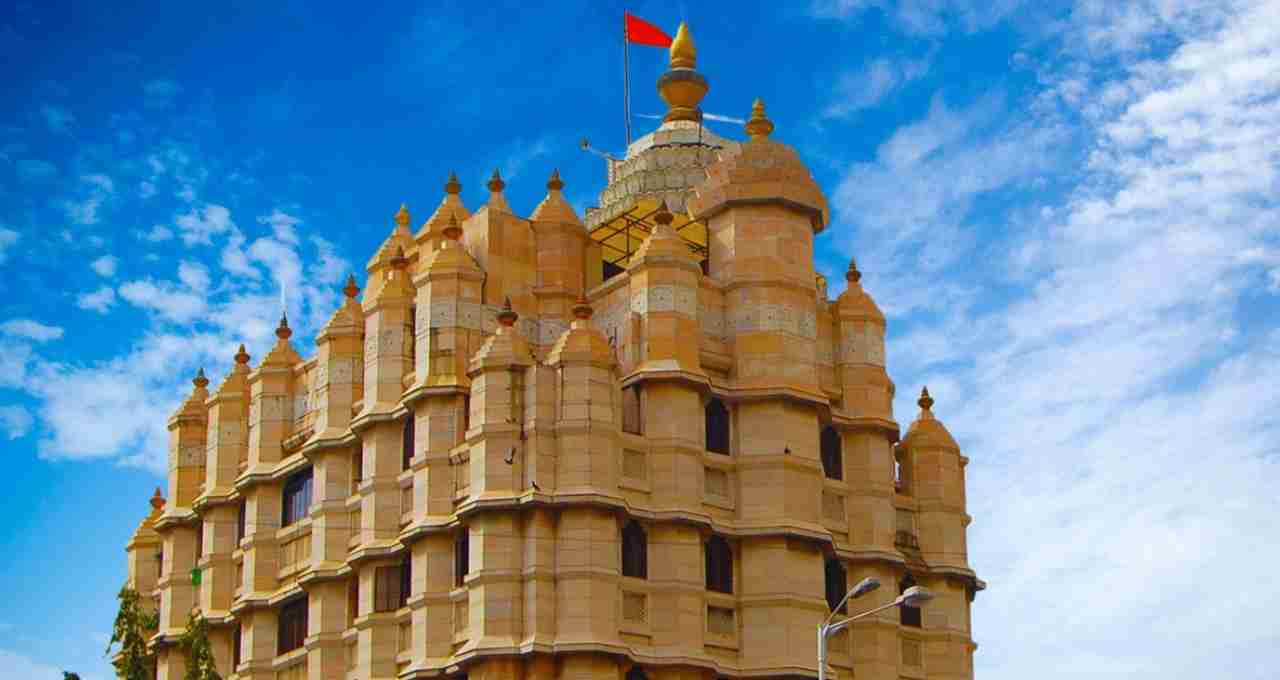
Located in the Prabhadevi area of Mumbai, the Siddhivinayak Temple is a major pilgrimage site for Ganapati devotees in Maharashtra. People of all faiths, not just Hindus, come here for darshan (viewing the deity) and worship. Although it is different from the Ashtavinayakas or Siddha Tek, its religious importance is no less. The Ganapati of Siddha Tek in the Ahmednagar district of Maharashtra is also called Siddhivinayak and is counted among the Ashtavinayakas, but the Siddhivinayak Temple of Mumbai holds a special place for its devotees. The Ganesh idol here has a trunk curved to the right, which puts it in the category of Siddhapeeth. Devotees believe that Ganesh ji is pleased very quickly here, which further enhances the importance of worship here.
History and Reconstruction of the Temple
The history of the construction of the Siddhivinayak Temple is controversial. According to one legend, its first construction took place in Samvat 1692, while according to government records, it was first established on November 19, 1801. Initially, this temple was small and simple, but gradually it became a major religious site in Mumbai. In 1991, the Maharashtra government gave 20,000 square feet of land for the grand reconstruction of this temple. Today, the temple has expanded into a five-story building, which includes a preaching hall, a Ganesh museum, a Ganesh medical center, and a huge kitchen. A lift goes from the kitchen to the sanctum, through which prasad and laddus are delivered directly to Ganesh ji.
Unique Structure of the Sanctum
The sanctum of the newly constructed temple has been designed in such a way that more and more devotees can directly see Ganesh ji. The sanctum is approximately 10 feet wide and 13 feet high. In its center is a silver pavilion with a golden peak, in which Siddhivinayak is seated. The three doors of the sanctum are adorned with figures of Ashtavinayak, Ashtalakshmi, and Dashavatar of Maharashtra, which reflect the religious and cultural richness of the temple.
Worship and Devotees' Faith
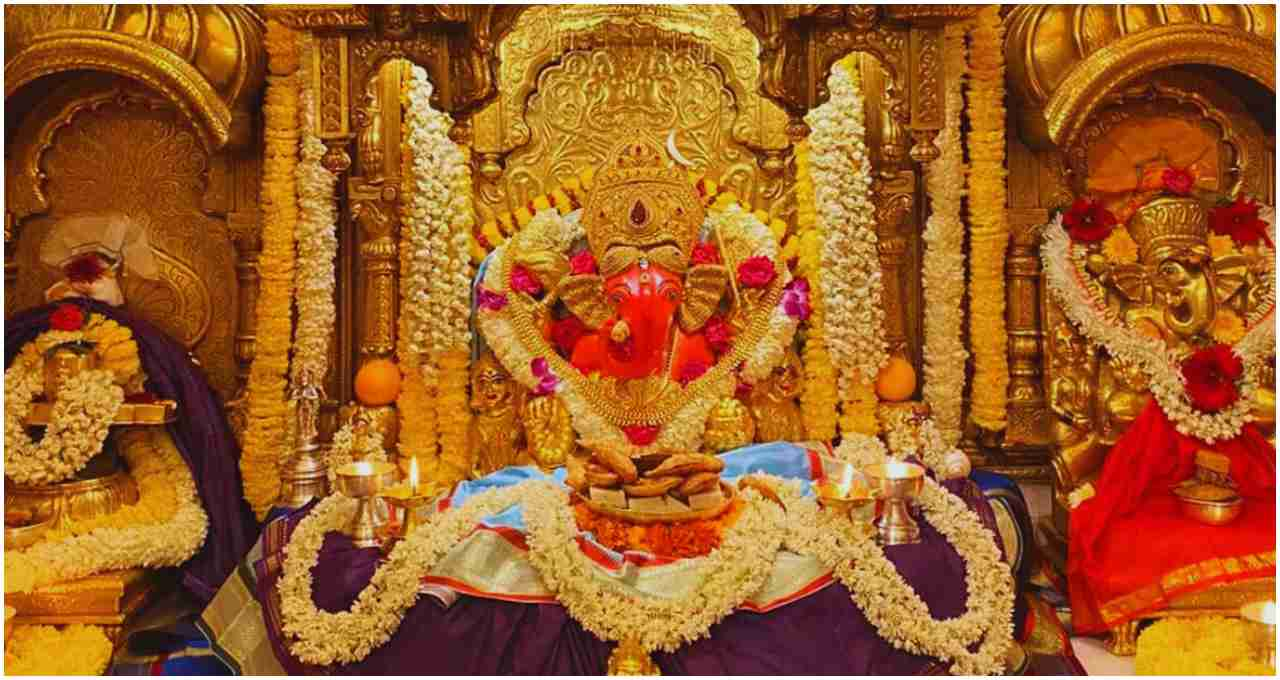
A large number of devotees visit the Siddhivinayak Temple, especially on Tuesdays. On Tuesdays, there are long queues for darshan, but devotees do not tire of their devotion. The festival of Ganapati Puja is also celebrated with great pomp from Chaturthi to Anant Chaturdashi in the month of Bhadrapada. Devotees pray here to Ganesh ji to fulfill all their wishes. It is said that special mantras, flowers, laddus and other worship materials are offered to please Siddhivinayak ji. The temple's prasad, especially laddu, is world famous.
Social and Medical Contributions
The Siddhivinayak Temple is not only a religious site but is also active in social service. There is a hospital on the second floor of the temple, where free medical services are provided to the needy. This initiative reflects the social responsibility of the temple trust. In addition, the temple trust also distributes food, clothing and other essential items to the needy from time to time.
Temple Trust and Controversy
The Siddhivinayak Temple is managed by the Shree Siddhi Vinayak Ganapati Temple Trust, which is registered under the Bombay Public Trusts Act. The trust is subject to the regulations of the Government of Maharashtra. The temple receives huge donations, which makes it the richest temple trust in Mumbai. But in 2004, the trust was accused of mismanagement of donations. The Bombay High Court constituted a committee headed by retired Justice V. P. Tipnis to investigate, which revealed several irregularities. After this, guidelines were given to the trust for proper management and transparency of donations.
Cultural Significance of Siddhivinayak Temple
The Siddhivinayak Temple holds a special place in the lives of the people of Mumbai. By coming here, devotees not only see Lord Ganesha but also gain peace of mind, energy, and positivity. During festivals, the area around the temple takes on a different form. Due to the glory of Siddhivinayak, this temple is also a favorite place for Bollywood artists, politicians and businessmen. They обязательно visit here before starting their new work, films or business so that God makes their plan successful.
Shree Siddhivinayak Ganapati Temple is not only a religious site, but it is also a cultural and social heritage of Mumbai. Its antiquity, architecture, unwavering faith of devotees, and social contributions give it a unique identity. By the grace of Lord Siddhivinayak, millions of devotees fulfill their wishes, and this temple remains a source of hope and faith in their lives.
